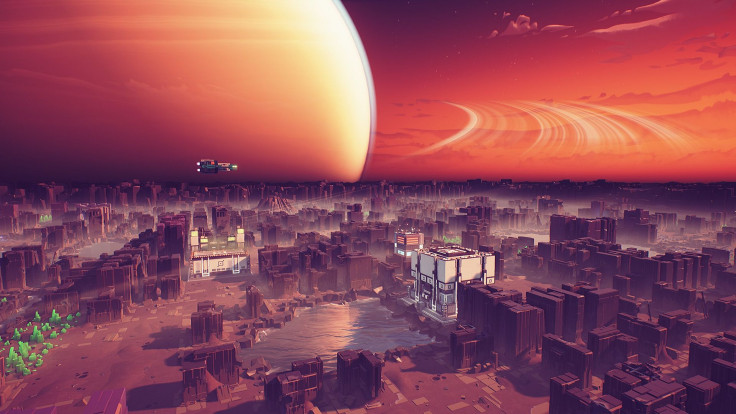'Industries Of Titan' Guide: 3 Quick Tips On How To Get Started
KEY POINTS
- “Industries of Titan” players should expand toward the nearest patch of resources
- Create enough storage space for materials until dedicated storage facilities can be created
- Process raw resources into higher-tier materials as quickly as possible
Like many games in its genre, “Industries of Titan” can be very overwhelming due to the sheer amount of things that the game throws at players. The game’s tutorial does a decent job at teaching new players the basics, but it leaves a few questions unanswered and many confused as to what they should do next.
“Industries of Titan” may not be as complex as other industrial or city builder games like “Cities: Skylines” and “Factorio” at the moment, but there’s still plenty of game mechanics for players to explore and discover in the game.
Here are a few tips on how to start a city as quickly and efficiently as possible at the very beginning of “Industries of Titan.”

Expand toward resources
In the beginning, players should start surveying and claiming the land tiles that are immediately next to their HQ building.
Take the resources found in the ruined buildings on each tile then slowly head toward the nearest Mineral and Isotope deposits whenever Influence can be expended. This will provide players with a steady income of resources until the rest of the city comes online.
Build storage containers first
The first thing that players should build inside their HQ building is a medium or large storage bin for stockpiling materials. Try to build separate containers for Minerals and Isotopes to maximize storage space for each resource type.
Containers can be edited to hold only specific resource types by clicking on the small eye icon on the unit information screen at the lower right side of the HUD when a container is selected.
Make a processor as soon as possible
After creating an extended power grid and a Factory, try to make a resource processor as soon as possible. Processors convert resources into more valuable, higher-tiered versions. For example, a Tier II Mineral unit is worth 5 Tier I Mineral units; upgrading a Tier I Mineral into a Tier II version essentially multiplies its worth by five.
Upgrading resources secures a city’s supply of upgrade and construction materials, allowing players to concentrate on managing their city’s other sectors like power generation, grid expansion and workforce management.
© Copyright IBTimes 2025. All rights reserved.




















